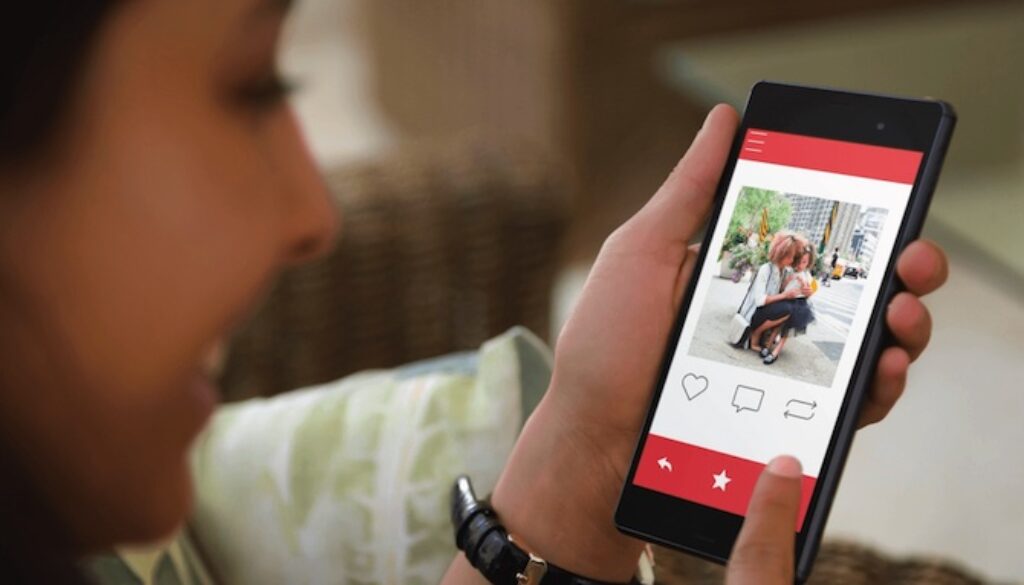Ways to Ensure Your Icons are User-Friendly
Icons play an important role in user experience design. Screen space is merely not enough to accommodate all text labels. So, icons can be a very handy substitution. They make it possible to communicate almost as much valuable information as text without taking up much space on apps, websites, blogs, etc. Undoubtedly, you already know about the benefits of icons. But are you sure you can design truly effective icons your users will be eager to interact with? Let’s find out.
Why Use Icons?
Before learning some tips that will help enhance the overall effectiveness of your icons, you want to know why they are indispensable for successful UX design in the first place.
- Icons allow you to convey messages and encourage certain actions without using many words and taking up a lot of limited screen space.
- Icons are ideal for mobile users. With modern design tools, you can quickly put together an optimally sized tappable icon.
- Icons help convey standard, universal messages to a wide range of users. Such icons don’t normally require localization, which is quite handy and cost-effective. Moreover, this reduces the time needed to take a certain action.
- Icons help spruce up your user interface design. They provide more visual depth and improve UX.
Tips to Design User-Friendly Icons
If you have your own application, eCommerce shop, or blog, you may want to take note of some useful tricks that will help you design visually compelling icons. And what also can help you create great icons from scratch is a dedicated icon creator. This type of software enables you to craft unique designs from scratch within the shortest possible time.
Consider labeling Your Icons
Though the majority of icons don’t require any labeling to be interpreted correctly, some unique icons might benefit from it. Since your users cannot read your mind, you need to provide them with as much information as possible about your new icon.
Lots of designers don’t bother to label their icons. They tend to rely on their users’ intuition and/or inquisitiveness and let them figure out what the new icons mean. But this is exactly where they can fail. The truth is, modern users, don’t want to waste their time decoding the functionality of this or that design element. In fact, unfamiliar interfaces might look intimidating to your target audience, which may lead to their reluctance to interact with them. To prevent this from happening, take care to give your users a clear understanding of what your icons mean. And the best way to provide them with necessary information is to accompany your icons with labels. This way, you’ll ensure your icons will set clear expectations for your audience and help them make more informed decisions.
Avoid Ambiguity

The last thing you want to do is make your icon look ambiguous or convey conflicting meanings. Of course, an envelope or pen-and-paper icon will unlikely confuse your users, given their universal and generally recognized meanings. Still, if you’re not sure that your icon is clear, the best decision would be to change it. You can rely solely on vector graphics or combine them with a copy to communicate your icon’s meaning more effectively.
Don’t Make it Too Realistic
While it’s OK to use images as part of your icon, you want to steer clear of using photos or too realistic pictures. When it comes to icon design, realism and attention to detail aren’t something you should strive for. Ideally, your icon should be straightforward and schematic. It shouldn’t be too ostentatious or sophisticated. Simplicity and keeping details to a reasonable minimum would be your best bet.
Make It Recognizable
There are myriads of icons. They are everywhere. No wonder, it’s getting more challenging to design a truly memorable one these days. That said, you need to ensure your icon can stand out from the rest of its ilk. When keeping it schematic and minimalistic, make sure your color is bright and vivid enough. Opt for shading if you want to accentuate your icon’s look even more. Also, note that your font and calligraphy need to fit with the overall design of your icon.
Test It
You definitely want to look at your new product through your users’ eyes to understand if it works as intended. Test for recognizability and visual appeal, and see how it works against different backgrounds. And check if your colors and font faces match your design and feel organic.
Last but not least make sure that your icon design is congruent with your brand and its personality. It needs to reflect the mood of your business or app and act as your sales pitch.



